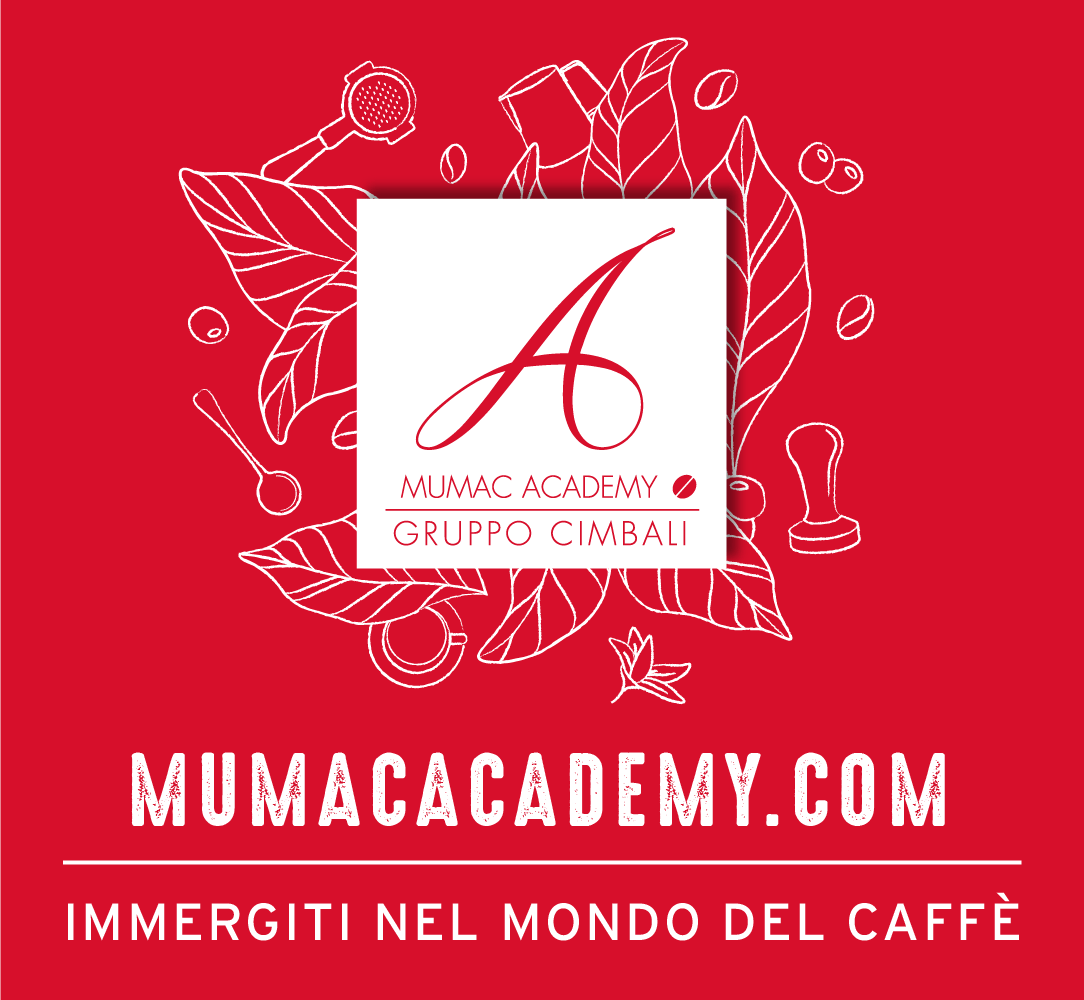RIMINI, Italy – The Covid pandemic, which lasted for the whole of 2020, and is also continuing in this first part of 2021, strongly affected the world economy. It couldn´t be avoided by the artisan gelato, pastry, bakery and coffee sectors, for which Italian Exhibition Group´s Sigep (this year in the entirely digital edition Sigep Exp from 15th to 17th March) is the key expo.
Nevertheless, the dessert and dessert and coffee foodservice sector is particularly proactive and for 2021 aims at kick-starting with new crossovers, increased quality and distribution strategy diversification. The Sigep Observatory confirmed this in its traditional end-of-year reports, letting the protagonists of the individual product chains have their say.
Practical skills and digital knowledge, entrepreneurial vision and a spirit focussed on eco-sustainability complete the mainstays on which the re-start will be based. The year that has most cast doubts on past habits and customs, compelled the entrepreneurial world to re-think is business models and accelerate development processes that were previously outlined. But above all, in the food world delivery expanded and established itself, favoured also by the availability of digital services. Therefore, from the first month of the lockdown, March 2020, it was used by 11% of consumers for the first time, a figure that rose to 32% by the end of April.
Public Premises
More in detail, the closure imposed on many of these activities blocked their operations with serious consequences on production and turnover. In particular, the blockage of the public establishment channel, which has a turnover of 90 billion euros, features 320,000 companies and a 1.3 million workforce, was only partially compensated by domestic consumption and the sales via traditional and organized distribution and by new purchase formats, such as take-away and the use of e-commerce technology. As far as the individual sectors are concerned, the food service channel had a drop in takings of 36% and the definitive closure of at least 4% of the enterprises.
Artisan Gelato
The sector that had the greatest increase in the share of product delivered to customers´ homes was artisan gelato, which reported a 133% rise in the lockdown period. Delivery also favoured the tendency to deseasonalize consumption, showing gelato as a food eaten all year long, even if with peaks during the summer. This however did not prevent the turnover of artisan gelato parlours from dropping by 40%, passing from 2.5 to 1.5 billion euros. The parlours penalized above all were those located in art cities, where there was no tourist traffic. In Italy, the gelato parlours producing their gelato and those that are only sales outlets, total over 39,000, have an annual turnover of 4.2 billion euros and a workforce of 75,000 involved directly.
The Italian industry of gelato making machines merits a special mention. After several years of considerable increases in turnover and sales, it also felt the effects of the pandemic in 2020. The negative impact was felt above all in the months of March and April, with the total closure of activities, including that of gelato parlours, which to all effects blocked deliveries and orders. This also had an affect on manufacturers of machinery and shop fittings, who however already had orders previously placed in preparation and ready for delivery. Anyway, the drops in sales and turnover for 2020 are estimated at 20% for machinery and 30% and more for shop fittings.
It must be remembered that the gelato making machinery industry is typically Italian and its companies are to be found with their products in the whole world. In fact, Italy is the major supplier for artisan gelato parlours in Italy and abroad, boasting a know-how and expertise to be seen in the top-grade quality and safety standards. There is an overall total of 14 companies employing approximately a thousand staff and realizing an annual turnover of 300 million euros with an export of 80%, covering 90% of the sector´s world market. There are also 11 companies manufacturing counters, showcases and other items for gelato parlours, with an annual turnover of over 250 million euros.
Artisan Pastry
The artisan pastry sector was also blocked by the closures imposed to limit the pandemic. Above all, the enterprises were penalized by the reduction in work on the occasion of the traditional festivities (Easter and Christmas in particular). The drop in sales for Easter alone resulted in an estimated loss of 540 million euros, to which lower Christmas sales must be added, which traditionally total 109 million euros for panettone alone. But 2020 also developed new methods of consumption and purchase which, originated by the emergency, are nevertheless destined to also remain after this phase: e-commerce first and foremost. Italian enterprises in the confectionery sector total 31,652, with a workforce of 171,132, of whom 119,584 are employees. the overall turnover (2018 figures) was 20.1 billion euros.
Artisan Bakery
The bakery sector was hard hit by the closures in the out-of-home channel, to which at least 25% of the production goes, and there was a progressive drop in bread consumption in the domestic sector too. Moreover, the sector had to reckon with a drop of over 5% in national soft wheat production and the increase in of raw material costs of between 15 and 30%, according to the type of product. It is worth noting that during the lockdown period a lot of families rediscovered the pleasure of baking bread and other items at home. This resulted in an increase in flour demand of 223,000 tons, +4.2% and yeast, with the latter having peaks in the demand of even 170%, above all in the months of March and April 2020.
The Coffee Sector
Another sector that underwent a radical change in consumption methods in 2020 was coffee. The prolonged closure of coffee bars, plus periods during which only take-away was allowed, resulted in an increase in the domestic option. Therefore, in the first half of 2020 there was a large increase in coffee sales, estimated at 12% in quantity and 15.5% in value. The increase regarded all types of coffee: from classic roasted coffee for moka pots (+ 13.8% in value and 11.7% in volume) to pods and capsules for home espresso machines, which reproduce increasingly faithfully the beverage sold in coffee bars. There was also a large increase in online coffee sales, which rose by 170% compared to 2019.
However, the closure of coffee bars and vending systems in offices and public places in general led to a 40% drop in turnover on an annual basis. In Italy, there are 174,000 coffee bars that have an annual turnover of 6.6 billion euros from coffee alone, with sales of approximately 6 billion cups. At world level, in 2020 coffee production dropped by 1.6%.
Sources: Acomag – Fipe . Confartigianato . Italmopa . Assitol – Aig
Focus On Sigep Exp 2021
Dates: 15-16-17 March 2021 (Full Digital); Organizer: Italian Exhibition Group SpA; Edition: 42nd; Frequency: annual; Info: www.sigep.it
















